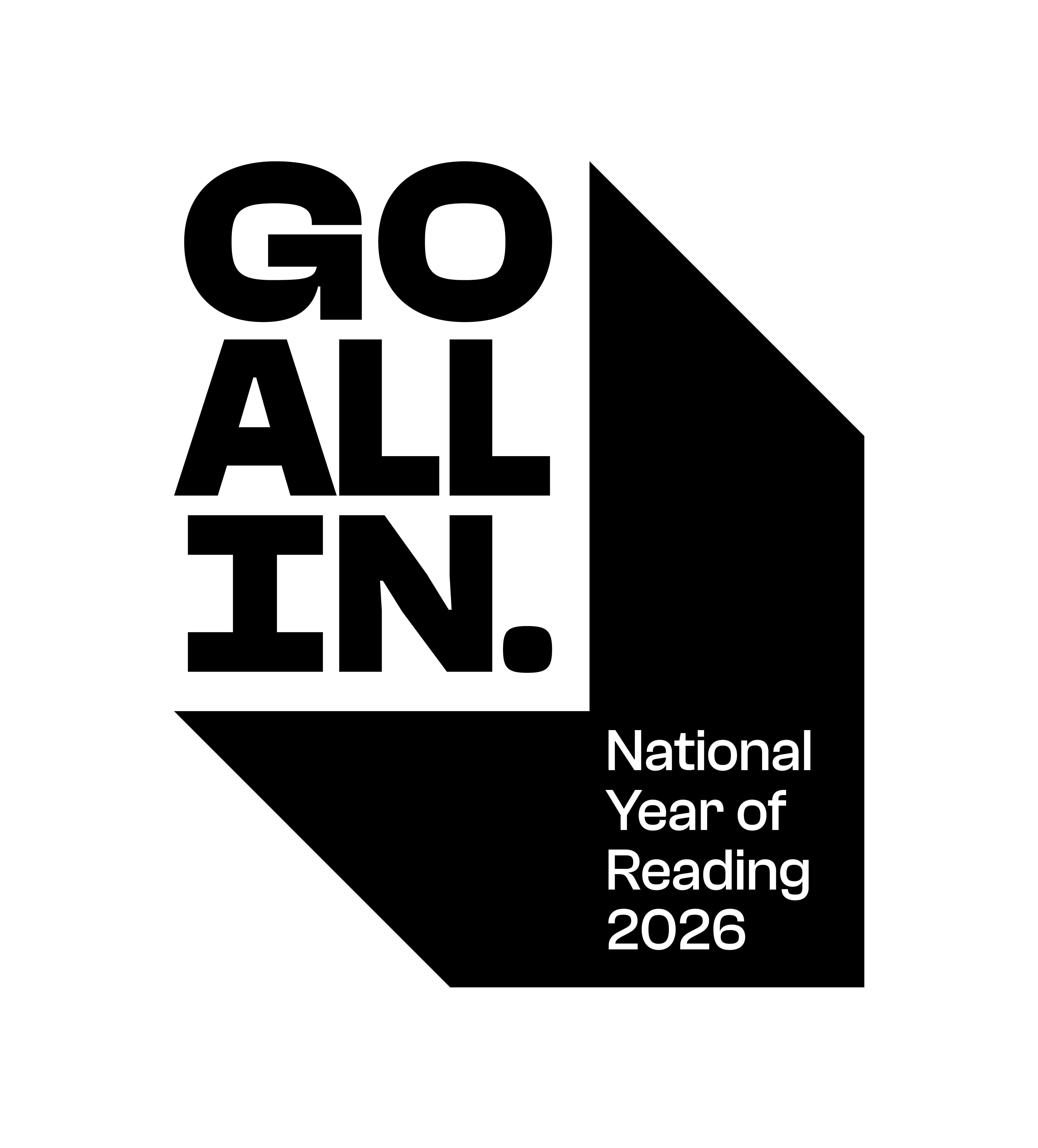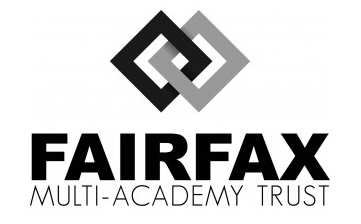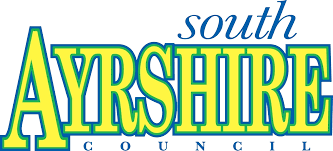As headteachers, year group team leaders, SEND specialists, and teachers know, the Pupil Premium is an important source of funding that helps schools unlock additional resources for pupils who need it the most.
As the Department for Education (DfE) says: “The pupil premium grant is funding to improve educational outcomes for disadvantaged pupils in state-funded schools in England.”
The Educational Endowment Fund (EEF) has evaluated DfE guidelines and put together handy ‘what works’ resources that you can access. Using their guidance, ReadingWise has created free downloadable Pupil Premium Strategy documents for secondary schools.
We’ve done this to make it easier for teachers and headteachers who want to use this funding to help their pupils in Y7 right up until Y11 (KS3 and KS4) who need additional resources to help them improve reading decoding and reading comprehenison and are consdering ReadingWise.
Accessing the pupil premium budget for this purpose can make a huge difference for children. It’s even more important if you’ve got a high percentage of children who either don’t speak English as their first language (EAL), have special educational needs and disabilities (SEND), or come from disadvantaged backgrounds and difficult home lives.
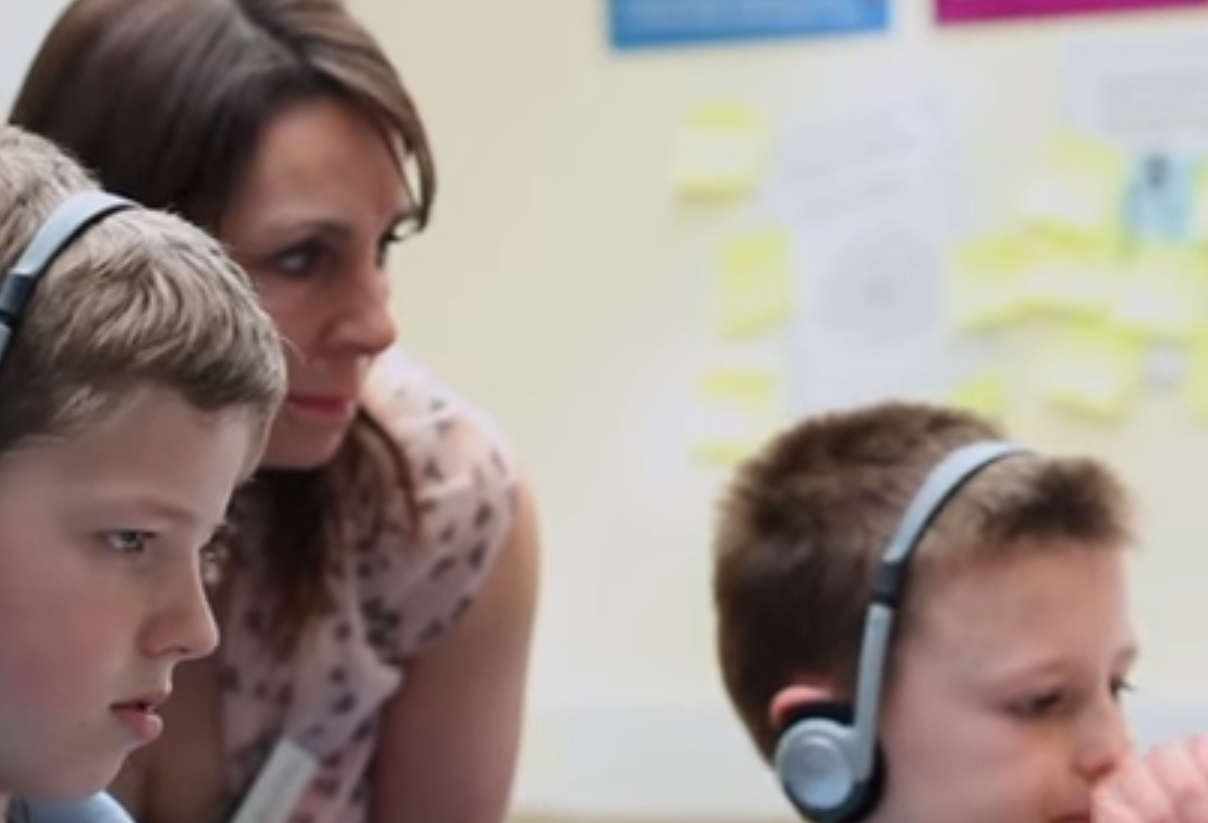
Can we use the Pupil Premium to pay for ReadingWise?
Yes, you can.
That’s exactly what the pupil premium can cover the cost of, especially with something as important as improving literacy, reading, and writing attainment rates and educational outcomes in secondary schools.
The Pupil Premium Budget criteria cover the following (DfE guidelines):
Pupil premium funding is allocated to eligible schools based on the number of:
- Pupils who are recorded as eligible for free school meals, or have been recorded as eligible in the past 6 years (referred to as Ever 6 FSM)
- children previously looked after by a local authority or other state care, including children adopted from state care or equivalent from outside England and Wales
Pupil premium is not a personal budget for individual pupils, and schools do not have to spend pupil premium so that it solely benefits pupils who meet the funding criteria. It can be used:
- To support other pupils with identified needs, such as those who have or have had a social worker, or who act as a carer
- For whole class interventions which will also benefit non-disadvantaged pupils

Eligible schools include:
Local authority-maintained schools
- Mainstream infant, primary, middle, junior, secondary, and all-through schools serving pupils in year groups reception to year 11
- Schools for children with special educational needs or disabilities (SEND) and general hospital schools
- Pupil referral units (PRUs), for children who do not go to a mainstream school
Academies, free schools, and non-maintained special schools:
- Mainstream infant, primary, middle, junior, secondary, and all-through academies serving pupils in year groups reception to year 11
- Academies and non-maintained special schools for children with special educational needs or disabilities
- Alternative provision academies, for children who do not go to a mainstream school
What is the Pupil Premium Budget, 2023 - 2024?
According to the DfE, the per pupil funding rates for the 2023 - 2024 financial year are as follows:
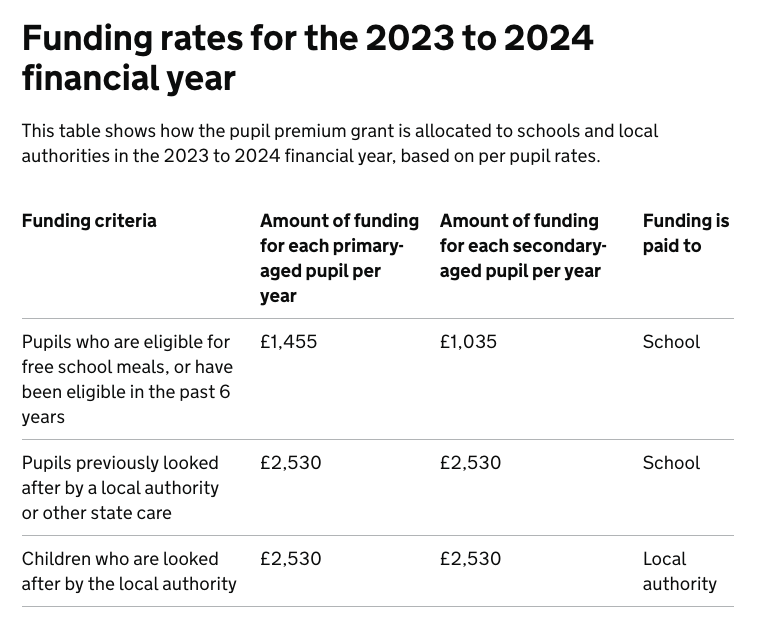
What’s the DfE Pupil Premium Budget grant allocation payment schedule for 2023 - 2024?
According to the DfE, the Pupil Premium Budget payment schedule is the following for the 2023 - 2024 financial year:
Payments will be sent to local authorities on:
- 30 June 2023
- 29 September 2023
- 29 December 2023
- 28 March 2024
Payments will be sent to academy trusts (including free schools) on:
- 10 July 2023
- 9 October 2023
- 8 January 2024
- 9 April 2024
Payments will be sent to non-maintained special schools on:
- 18 August 2023
- 18 October 2023
- 18 January 2024
- 18 April 2024
If you have parents of children who are serving in the armed forces (or a parent has died in service), your school can claim an additional £335 per eligible pupil in the 2023 to 2024 financial year. This is known as the service pupil premium (SPP).
For more information on applying for the Pupil Premium Budget: The menu of approaches is in ‘ Using pupil premium: guidance for school leaders.'

How to fill in the Pupil Premium Strategy Statement for my secondary school?
Please note, the downdloadable is a Word Document, so you can edit and fill it in quickly and easily
We’ve aimed to make this as easy as possible, and the ReadingWise team is always here to help you with this. If you’re filling in a Pupil Premium Strategy Statement to cover the cost of ReadingWise then you’ve probably had a demo and potentially a free trial.
If not, book a 20-minute demo when it’s a good day and time for you.
Now, to fill in this strategy statement, here are the steps you need to follow:
- Before completing this template, read the Education Endowment Foundation’s guidance on using your pupil premium funding effectively and DfE’s using pupil premium guidance, which includes the ‘menu of approaches’. It is for school leaders to decide what activity to spend their pupil premium (and recovery premium) on, within the framework set out by the menu.
- All schools that receive pupil premium (and recovery premium) are required to use this template to complete and publish a pupil premium statement on their school website by 31 December every academic year.
- If you are starting a new pupil premium strategy plan, use this blank template. If you are continuing a strategy plan from last academic year, you may prefer to edit your existing statement, if that version was published using the template.
- Before publishing your completed statement, delete the instructions (text in italics) in this template, and the text box on the first page of the free downloadable form.
- Page 2: School Overview. On this page, fill in the information that includes the Proportion (%) of pupil premium eligible pupils, and the academic year/years that our current pupil premium strategy plan covers (3 year plans are recommended – you must still publish an updated statement each academic year)
- Also on Page 2, please state the Pupil premium funding allocation this academic year, and any funding carried forward from the previous academic year.
- Page 3: Part A: Pupil premium strategy plan. Now you need to include information on:
- What are your ultimate objectives for your disadvantaged pupils?
- How does your current pupil premium strategy plan work towards achieving those objectives?
- What are the key principles of your strategy plan?
8. Page 3: Challenges: This details the key challenges to achievement that we have identified among our disadvantaged pupils.
For example, we’ve outlined a range of challenges and you can use these to state why the pupil premium budget is needed, such as:
“On entry to Reception class in the last X years, between X - Y% of our disadvantaged pupils arrive below age-related expectations compared to X - Y% of other pupils. This gap narrows but remains significant to the end of KS2.”
We recommend you use illustrative data to underline this – perhaps from KS2 assessments or reading assessments.
9. Page 4: Intended outcomes: This explains the outcomes we are aiming for by the end of our current strategy plan, and how we will measure whether they have been achieved.
For example: “Improved reading attainment among disadvantaged pupils.”
Success criteria: “KS2 reading outcomes in 2024/25 show that more than X% of disadvantaged pupils met the expected standard.”
10. Page 4 - 6: Activity in this academic year. This details how we intend to spend our pupil premium (and recovery premium) funding this academic year to address the challenges listed above.
For activities, the pupil premium budget strategy statement is broken down into three distinct areas ⏤ so we’ve included three tables in this document, and included statements as to how they align to solving the challenges covered under Challenges (Pg. 3).
- Teaching (for example, CPD, recruitment and retention). Budgeted cost: £ [insert amount]
- Targeted academic support (for example, tutoring, one-to-one support, structured interventions, such as one or more of the ReadingWise modules). Budgeted cost: £ [insert amount]
- Wider strategies (for example, related to attendance, behaviour, wellbeing). Budgeted cost: £ [insert amount]
For each one of these, you need to fill out the following (and we’re always here to help you with that):

11. Page 7: Total budgeted cost: £ [insert sum of 3 amounts stated above]
12. Part B: Review of the previous academic year. Outcomes for disadvantaged pupils
In this section, you need to put the outcomes from the previous academic year, especially when that involved working with an external provider, such as ReadingWise, and when it included using the Pupil Premium Budget.
For example: “You should state whether you are on target to achieve the outcomes of your strategy (as outlined in the Intended Outcomes section above) and outline your analysis of what aspects of your strategy are/are not working well.”
“If last year marked the end of a previous pupil premium strategy plan, you should set out your assessment of how successfully the intended outcomes of that plan were met.”
And there’s space to add any further information or evidence as to why you want to use the Pupil Premium Budget for specific activities, such as external providers for targeted literacy interventions.
We hope this article has helped you understand how to fill in a pupil premium strategy document to apply for the extra funding your school needs to support students who are struggling with reading, writing, and literacy.
Simply fill in your details in the form at the top of this page to download the Pupil Premium Strategy Statement for Secondary Schools.
Find out more about our:
“ReadingWise offers us a way to close the gap as pupils move from primary to secondary, and I think crucially within the school, it offers us a way to close the gap as they progress through the year groups.” Headteacher, St Ambrose Barlow High School, Salford. Testimonial .
Readour other Case Studies and Testimonials.

